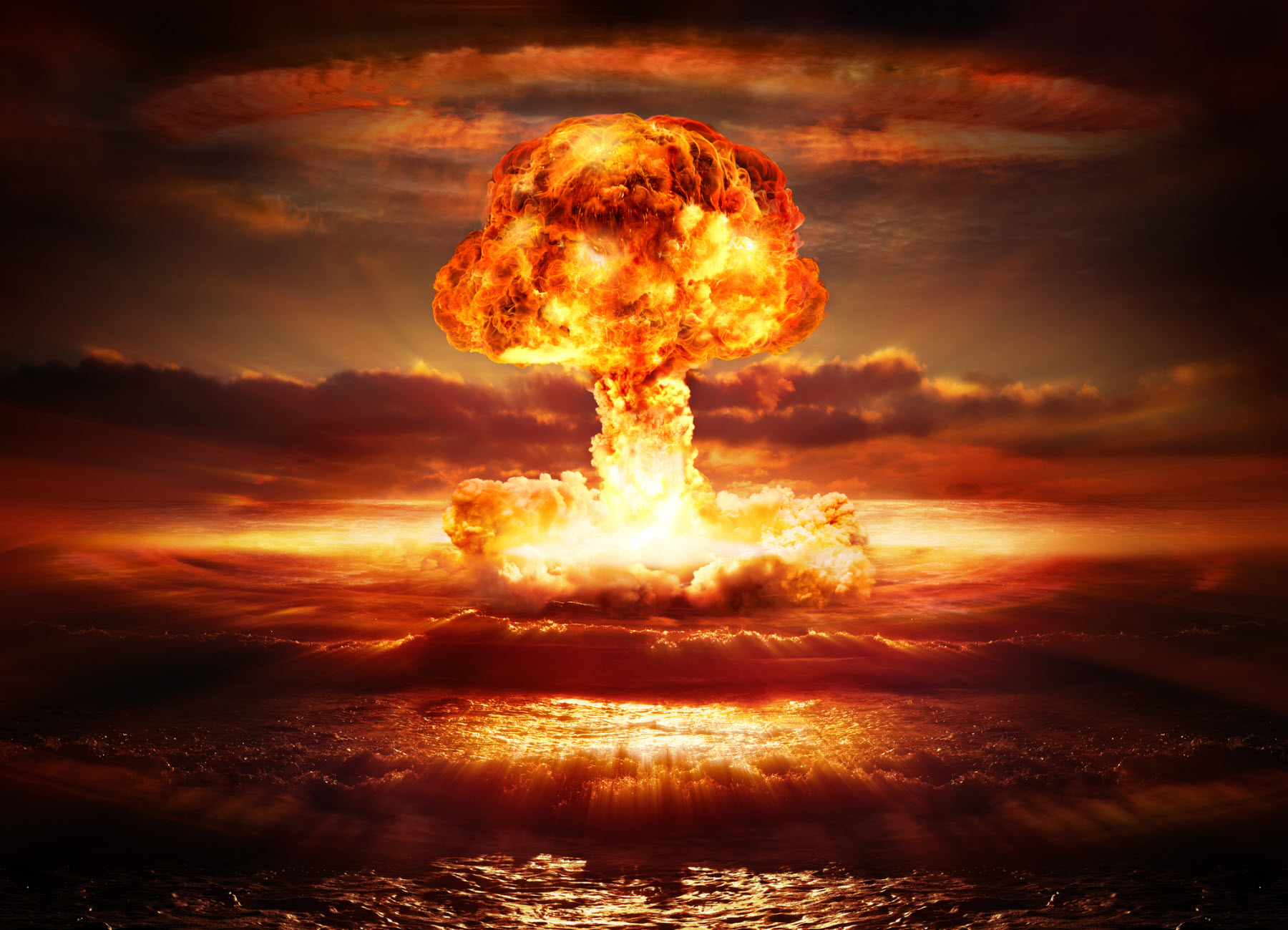
This might be hard to read. Not because we haven’t heard about nuclear testing, but because of what the outcome is. When I read stuff like this, it isn’t what happened that concerns me, it’s what could happen. Some might say that I’m negative, or that I’m imagining worst case scenarios, but I don’t know what else we can do at this point. Before I get too far into my cryptic rambling, I’ll let you know. By combining satellite radar with seismic data, an international team of researchers has re-assessed the effects of North Korea’s most recent nuclear test at Mount Mantap, offering disturbing new estimates for the strength of the device used and its influence on the mountain itself.
Meaning, the nuclear testing that North Korea has been doing, quite possibly could have moved a mountain. Let’s back up for a moment though. Back in 2003, the Democratic People’s Republic of North Korea became the first country to withdraw from the 1968 Treaty on the Non-Proliferation of Nuclear Weapons. Then in 2006, they started a series of nuclear tests – each one increasing in intensity. Last September, they tested their sixth and most powerful nuclear device. It’s rumored to have been a hydrogen bomb, which triggered a magnitude 6.3 earthquake, and well, it collapsed the nuclear test chamber itself. Another rumor is that this test collapsed a tunnel afterward, and killed hundreds of workers. Hence my doom and gloom attitude around this topic.

Since then, however, scientists have sought to understand the magnitude of the blast – both in terms of its power, and also the effect on local geology. To be honest, this isn’t something that I’ve ever given much thought to. When I think of nuclear testing, my mind automatically goes to the potential loss of human lives. Not necessarily the physical ramifications to the Earth. I had not given the idea of the geology much consideration until now. To do this, scientists have studied seismic waveforms. These, at best, offer a rough estimate of the bomb’s strength and impact on Mount Mantap. Mount Mantap is the location where North Korea has been doing their nuclear testing. I’d also like to point out, that I don’t think it’s beneficial to perpetually bomb the same location over and over again.
But now, a new study published by Science is the first to comprehensively combine remote sensing in the form of satellite imagery with seismic data to produce an updated picture of the geological events that transpired in the immediate wake of the September explosion. This also produced new estimates of the bomb’s power. Long story short, scientists have discovered that horizontal motions have pushed the mountain about 11.5 feet in a west/southwesterly direction. How is that even possible? I mean, there is the saying that you’ll move mountains to get something done, but when you put that into practical terms, you would need a hydrogen bomb to do such a thing.

Douglas Dreger, a scientist at the Department of Earth and Planetary Science, University of California-Berkeley, had this to say:
“We have never seen such large displacement caused by human activity via SAR imagery. But the vertical displacement is much smaller comparing to the horizontal displacement. We later figured out that this is due to the gravity-driven compaction after the explosion.”
The researchers also came up with new estimates for the bomb’s power, which they did by combining the newly determined depth of the explosion with seismology data, among other geological factors. The device’s most likely strength is 209 kilotons, with a substantial margin of error ranging from 120 to 304 kilotons of TNT equivalent. The upper bound of this estimate is among the highest proposed for the September 3rd test. If accurate, it would make the bomb 20 times more powerful than the one used at Hiroshima in 1945.
While this study isn’t conclusive, I think it demonstrates just how powerful this bomb is, and why it’s dangerous to encourage nuclear testing. Thankfully, late last month, North Korean leader Kim Jong Un said that he was closing down the nuclear testing site, indicating that there is no reason to possess nuclear weapons. I think this study provides evidence in favor of that decision.



